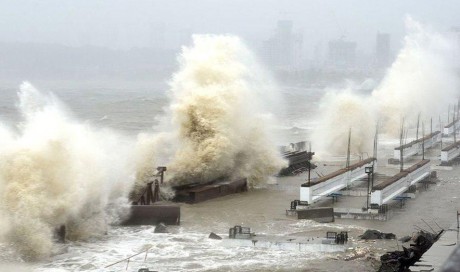In each case, the North Korean version of the weapon is likely a homebrewed version. North Korea has an unknown number of Uran knockoffs, but it does apparently have enough to place on surface ships and shore batteries—including the four launched last week. This lack of concern about running out of Urans suggests the missiles are domestically manufactured. Another curious detail: South Korea’s Joint Chiefs of Staff reported the missiles flew for 124 miles, which is forty-four miles longer than the reported range of the Kh-35. This suggests the North Koreans increased the missile’s liquid fuel supply, something they have experience in with the much larger Scud platform.
A third and final theory is that the weapons indeed came from China or Russia, with a blind eye turned to their export. Like all conspiracy theories, it’s impossible to prove or disprove. Both countries ceased selling arms to North Korea a long time ago, and the political dangers of selling arms to a country that will promptly point them at the United States outweighs the risks. While the reclusive state is a useful diversion for both, Pyongyang already has nuclear weapons to attract Washington’s attention.
North Korea has shown itself to be a canny state that can get what it wants, whether by pressing its citizens to the maximum or by utilizing a carefully cultivated network of overseas contacts to surreptitiously import banned weapons—all with the goal, of course, of ensuring the regime’s survival. The presence of advanced weapons in the Korean People’s Army’s arsenal is proof the country is not without resources of its own, and will do what it can to survive.
Kyle Mizokami is a defense and national-security writer based in San Francisco who has appeared in the Diplomat, Foreign Policy, War is Boring and the Daily Beast
Share This Post














